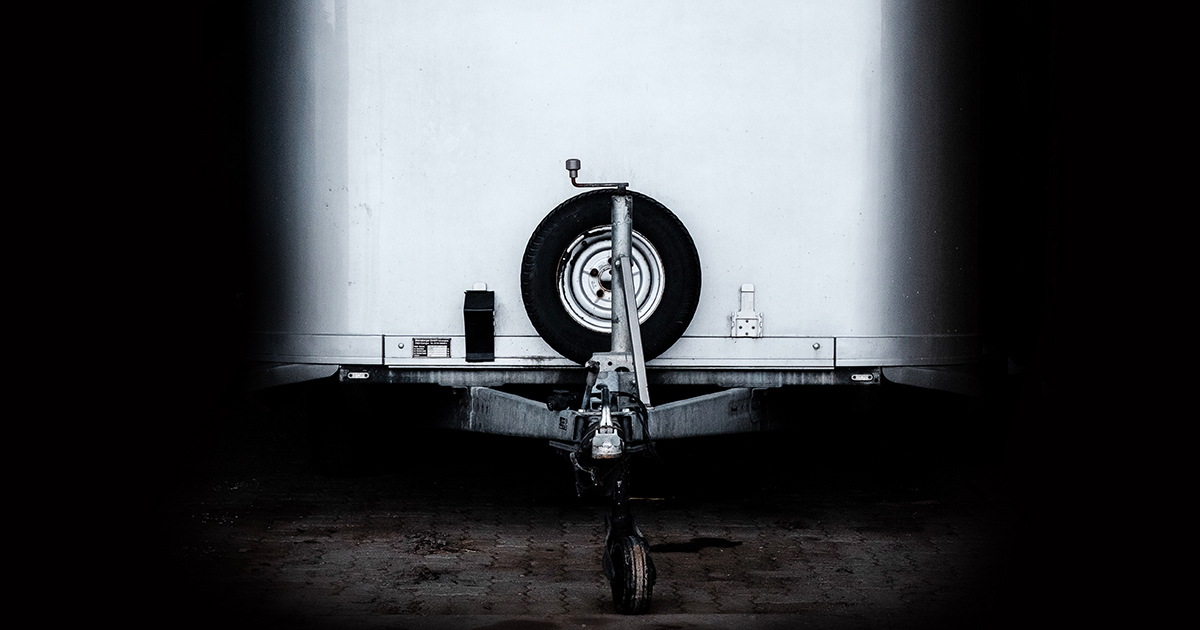Hitching and unhitching your trailer/RV is basic step in RV maintenance that is necessary to know before embarking on a camping road trip. We are going to share some steps to take to prepare yourself and vehicles on hitching and unhitching your trailer to you RV. MWSS, Inc. was established in 1959 and has extensive RV experience and knowledge. We want our customers and followers to feel prepared and comfortable with using and operating their RVs. Keep reading for some of the basics you need to know before hitching your trailer.

When preparing for almost any project, demo, or assembly- having a checklist of all of the essential items you need to get the job done will make your job easier, the process smoother, and prevent accidents from happening. We have a list of some tried and true products that will make the act of hitching and unhitching your trailer/RV a breeze.
Keep these products nearby when you begin the process of hitching or unhitching your trailer for assistance.
First you need to insert and secure your hitch locking pin- ensure it is 100% secure before continuing. Now that your hitch is prepped and your trailer is raised for hitching, you need to actually attach the two together.
Almost all trailers have sway control bars, also known as weight distribution bars that create tension between the the trailer and tow vehicle. Their main purpose is to help even out the weight across both vehicles. They ensure safety during towing to prevent swaying from side to side during transit.
Next, you can lower the trailer and close the hitch ball receiver to make sure it is securely fastened. Before you get on the road, hook up your breaks and lights in order to safely travel. This will activate your break lights to work in conjunction with your vehicle. The last safety precaution to take is to connect the safety chains. In the event that your trailer does detach from your vehicle, this is your last defense mechanism. Make sure the chains are not hanging on the ground and ensure they are secure before leaving- just in case your hitch receiver fails or was not properly locked. The last step is to remove wheel chocks so you are able to freely move.
Once you hav arrived at your destination, the unhitching process is much simpler than the hitching process. It is almost everything in reverse, without the intense preparation. The first step in unhitching is to disconnect your safety chains and breaks. Next, you can lift your trailer with your jack and detach it from the hitch ball. This can sometimes pose a challenge because of tension between the two vehicles. Lastly, move your tow vehicle out of the way and level out your trailer to ensure it is ready to be parked.
We hope you have enjoyed walking through the process of hitching and unhitching your trailer/RV from your tow vehicle. If you have any questions regarding this process, feel free to reach out to us here. We love answering all of your RV-related questions and hope you have a successful time trying this process out for yourself on your next RV expedition.